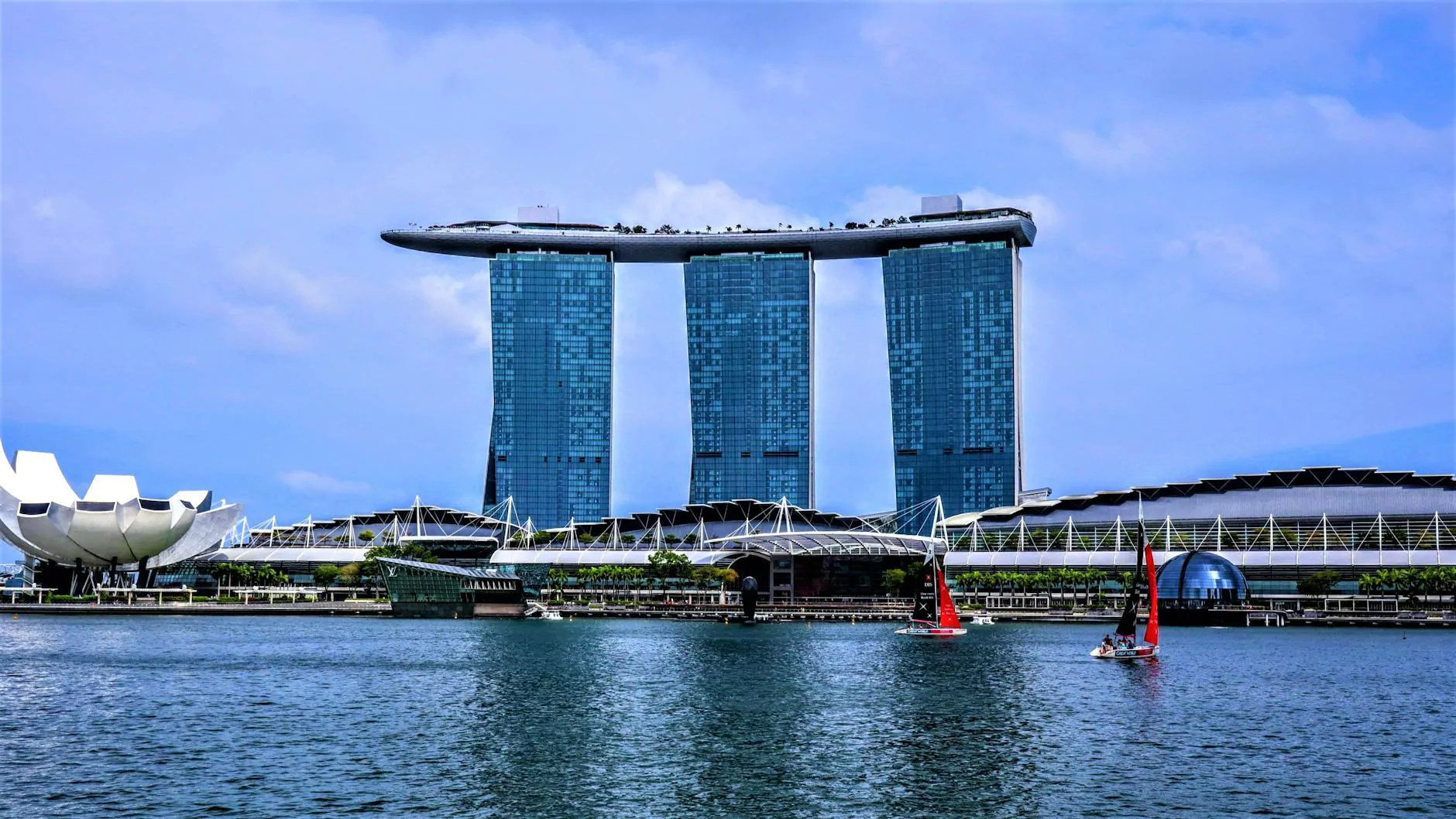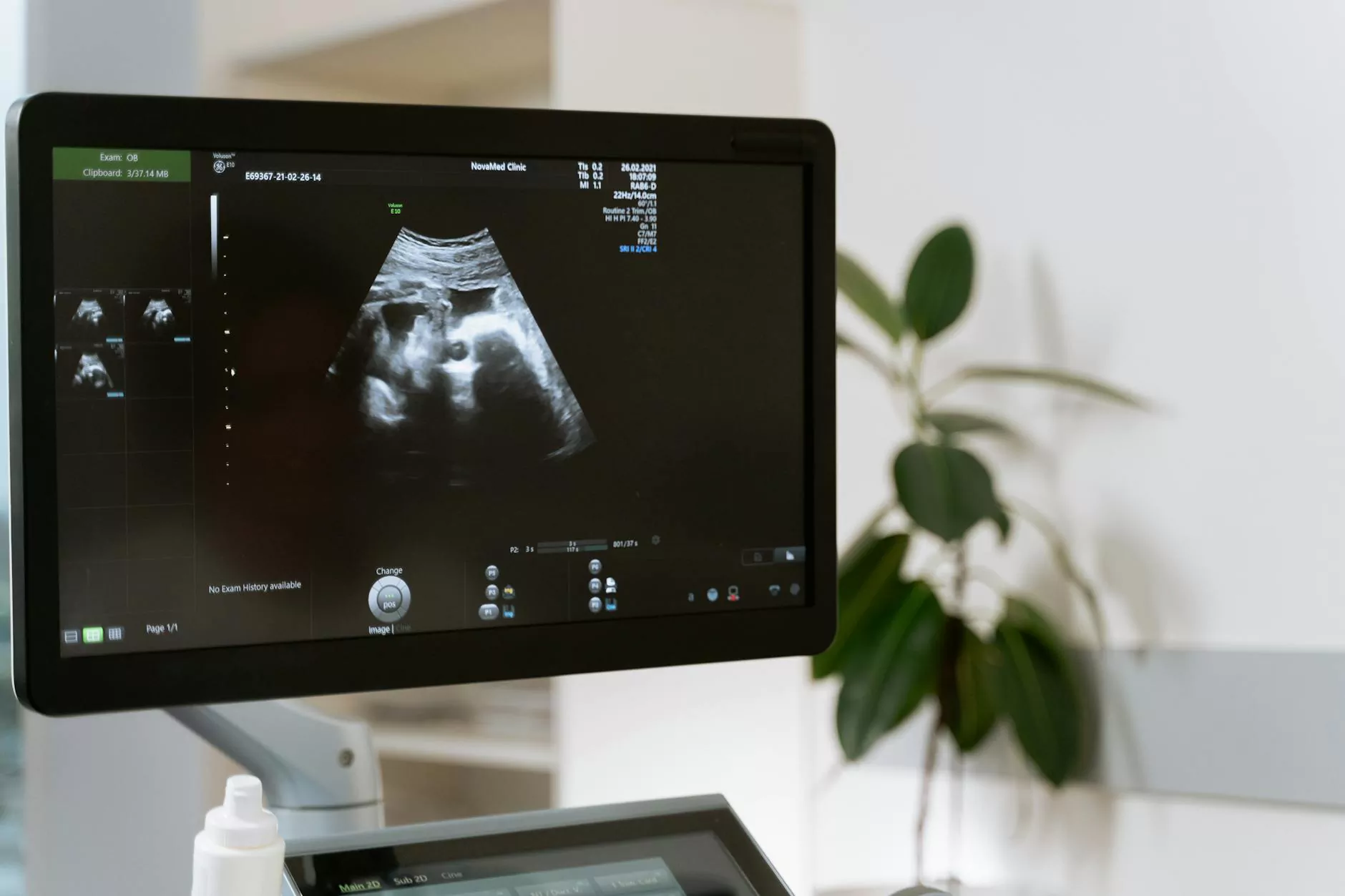Ultimate Guide to Liposuction After Care: Achieve Optimal Healing and Lasting Results

Undergoing liposuction is a transformative experience, allowing individuals to sculpt their bodies and boost confidence. However, the journey to a successful and satisfying outcome does not end in the operating room. Proper liposuction after care is crucial to ensure smooth healing, reduce the risk of complications, and maintain the aesthetic improvements achieved through surgery. This comprehensive guide dives deep into all aspects of liposuction after care, providing you with expert advice and practical tips for an optimal recovery process.
Understanding the Importance of Liposuction After Care
The success of a liposuction procedure extends beyond the operation itself. Post-operative care plays a pivotal role in influencing the final results, recovery speed, and overall patient satisfaction. Proper aftercare helps to:
- Reduce swelling and bruising effectively
- Prevent infection and other complications
- Ensure skin elasticity and smooth contours
- Minimize discomfort during the healing process
- Accelerate healing and return to daily activities
Preparing for Liposuction After Care: What Patients Need to Know
Before embarking on your liposuction after care routine, preparation is vital. Ensure you have a thorough understanding of your post-operative plan, supplies, and lifestyle adjustments. Key preparatory steps include:
- Discussing post-op instructions with your surgeon
- Arranging a comfortable recovery space
- Stocking up on recommended supplies such as compression garments, medications, and healing aids
- Planning a leave of absence or downtime from work and strenuous activities
- Ensuring support from family or friends for assistance and motivation
Essential Components of Liposuction After Care
1. Compression Garments: Your Post-Operative Support
Wearing compression garments is a cornerstone of liposuction after care. These specially designed garments help:
- Reduce swelling and fluid retention
- Support the newly contoured areas
- Improve skin retraction and shape consistency
- Minimize the risk of seroma formation (fluid accumulation)
Surgeons typically recommend wearing compression garments 24/7 for the first few weeks, gradually decreasing as healing progresses. It is vital to follow your surgeon’s guidance on when and how to wear these garments for optimal results.
2. Pain Management and Medications
Pain and discomfort are common after liposuction. Managing this effectively enhances comfort and supports healing. Your doctor may prescribe or recommend:
- Analgesics such as acetaminophen or NSAIDs
- Antibiotics to prevent infection
- Anti-inflammatory medications to reduce swelling
- Topical agents or cold packs for localized relief
Always adhere to the prescribed medication regimen and report any adverse reactions or unmanageable pain to your healthcare provider.
3. Wound Care and Hygiene
Maintaining hygiene is essential to prevent infection and ensure clean healing. Follow these guidelines:
- Keep incisions and treated areas clean and dry
- Follow your surgeon’s instructions on bathing and cleansing
- Change dressings as advised
- Avoid submerging wounds in water until fully healed
Should you notice signs of infection such as increased redness, swelling, warmth, or discharge, seek immediate medical attention.
4. Activity and Mobility
Gradually resuming activity is crucial. Excessive movement or strenuous exercise too early can jeopardize healing, while complete immobility may increase risks of blood clots. Recommendations include:
- Walking lightly soon after surgery to promote circulation
- Avoiding vigorous activities and heavy lifting for at least 2-3 weeks
- Following your surgeon’s specific timeline for return to exercise
- Utilizing support stockings to enhance circulation and reduce swelling
5. Dietary and Hydration Guidelines
Proper nutrition accelerates healing and supports tissue repair. Focus on:
- High-protein, nutrient-dense foods to promote tissue regeneration
- Adequate hydration to flush toxins and reduce swelling
- Avoiding salty foods that can exacerbate edema
Consider incorporating fruits, vegetables, lean proteins, and fluids into your daily intake to optimize recovery.
Monitoring and Managing Common Post-Operative Symptoms
While liposuction after care aims for smooth recovery, it’s normal to experience some symptoms such as swelling, bruising, and minor discomfort. Understanding how to effectively manage these symptoms ensures a more comfortable recovery:
Swelling and Bruising
This is typical in the first weeks. Use cold packs as recommended, elevate the treated areas when possible, and wear compression garments consistently to mitigate swelling.
Seroma and Fluid Accumulation
Seromas may develop, but they can usually be managed with drainage procedures if necessary. Regular follow-ups allow your surgeon to monitor and address this issue promptly.
Pain and Discomfort
Ensure pain medications are taken as prescribed, and communicate any breakthrough pain to your healthcare provider.
Skin Irregularities and Numbness
Some patients experience temporary numbness or uneven skin texture. These typically resolve over time with proper care.
Long-Term Liposuction After Care: Maintaining Results
Post-recovery does not mark the end of your journey. Long-term care involves:
- Healthy lifestyle habits: Balanced diet and regular exercise
- Weight management: Maintaining stable weight to preserve contouring effects
- Skin care routines: Hydrating and moisturizing to support skin elasticity
- Follow-up appointments: Regular check-ins with your surgeon to monitor results
Choosing the Right Medical Center and Surgeon for Optimal Outcomes
Ensuring liposuction after care success begins with selecting a qualified, experienced surgeon and a reputable facility. Key considerations include:
- Board certification and extensive experience in body contouring
- Positive patient reviews and before-and-after photos
- Comprehensive pre- and post-operative support
- State-of-the-art facilities and safety protocols
- Clear, personalized aftercare plans and communication
Conclusion: Your Path to a Perfect Recovery and Stunning Results
Achieving the best possible outcome after liposuction hinges on diligent liposuction after care. By following expert advice on compression therapy, pain management, hygiene, activity, and lifestyle adjustments, you can significantly enhance healing, reduce complications, and enjoy lasting, beautiful contours. Remember, open communication with your healthcare team and adherence to recommended care protocols are your best allies in this journey toward renewed confidence and optimal health.
For personalized guidance, ongoing support, and to explore the finest medical centers specializing in liposuction and body sculpting, visit healthandbeautytravel.nl. We are committed to helping you achieve your aesthetic goals safely and successfully.









